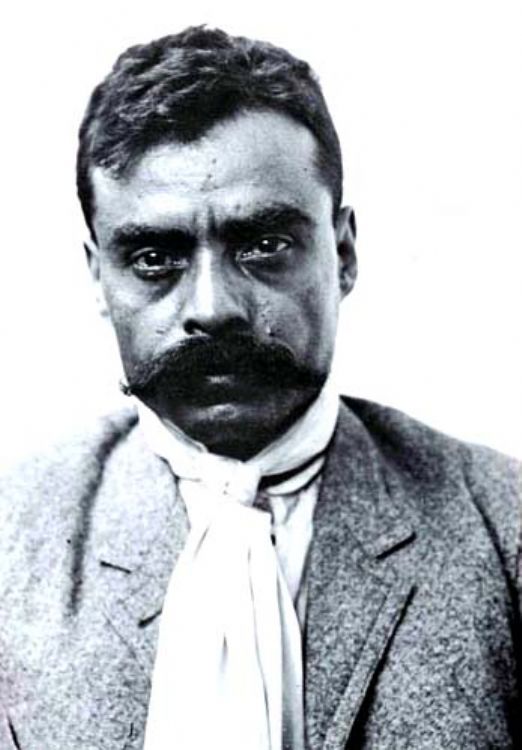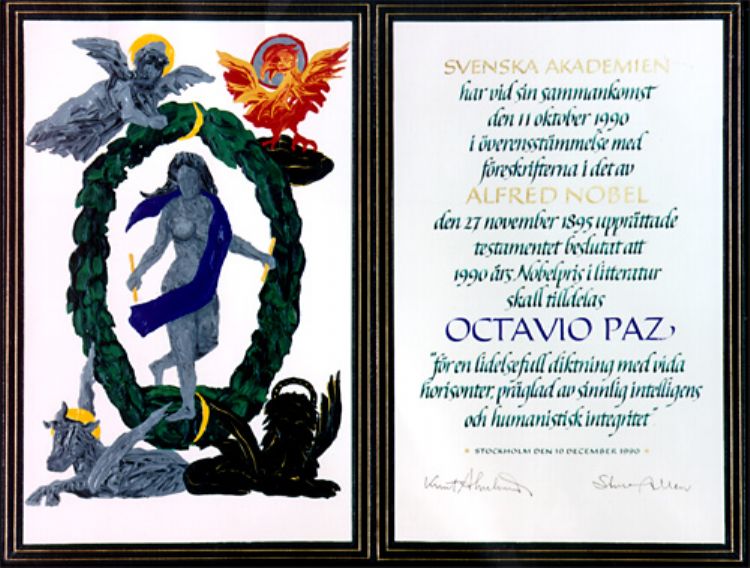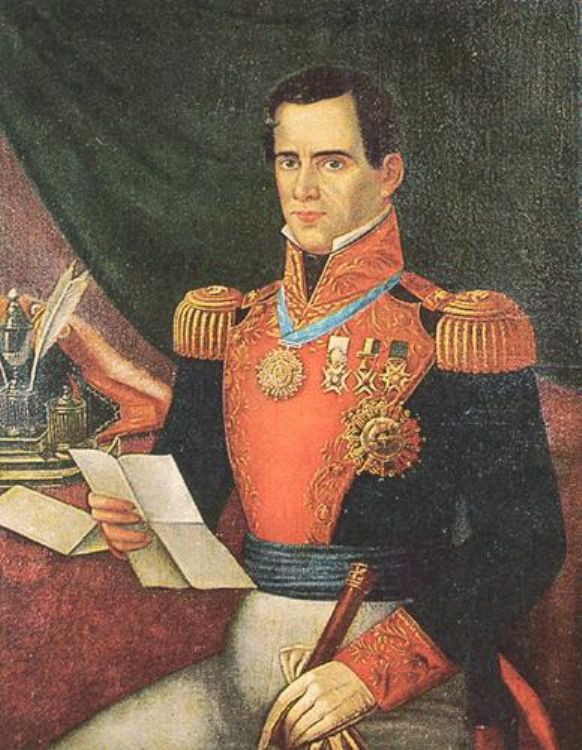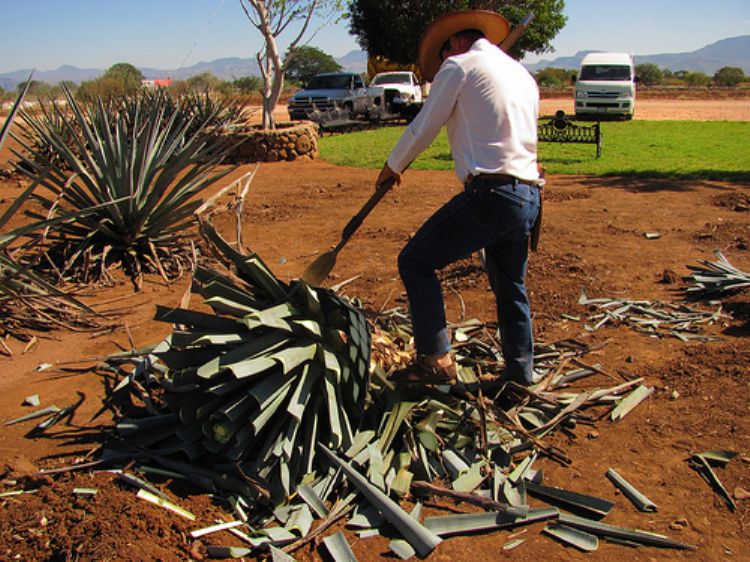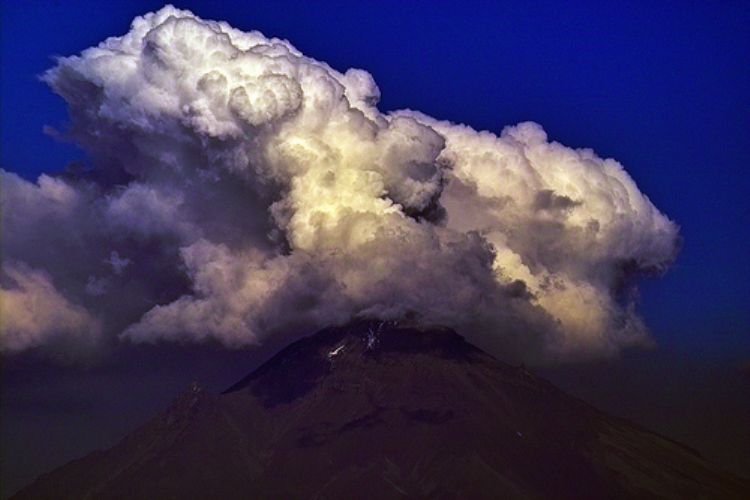Mexico's Conquest
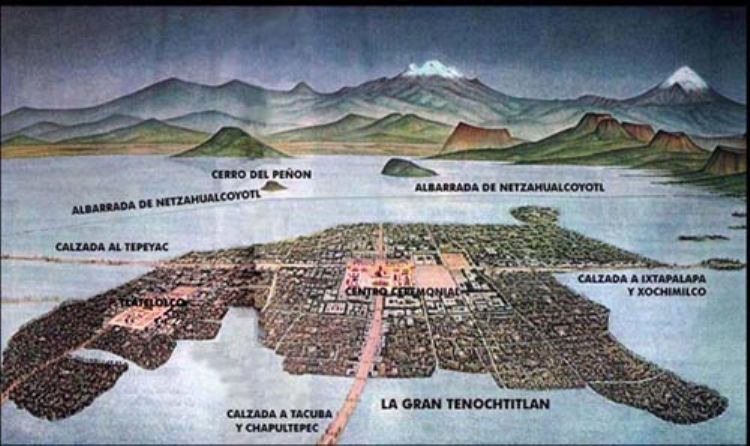
Europe became very interested after the discovery of America, for the great gold mines found in this new continent. Charles V, King of Spain, was in great need of funding for his war against England. Therefore, he authorized any Spaniard to ârescue the goldâ from America in exchange for a fifth of the spoils.
The True History of the Conquest of New Spain, written by Bernal Díaz del Castillo who accompanied Hernan Cortes, is the main source for knowing about the events related to the conquest of Mexico by the Spanish Empire. The accounts of those defeated are rarely heard, but there are documents dating from 1528, written in Nahuatl, that tell of the eight omens seen ten years prior to the arrival of the Spaniards. These include a strange appearance in the eastern sky; fire consuming the temple of Huitzilopochtli; a lightning bolt destroying the straw temple of Xiuhtecuhtli; the appearance of streaking fire across the sky; the âboiling,â and later flooding, of a lake nearby Tenochtitlan; women weeping every night; the capturing of an unknown creature with a fishing net and the sightings of strange monsters having two heads and only one body throughout the city. Emperor Moctezuma consulted their meaning with fortunetellers but nobody could answer, until the arrival of the Spaniards.
In 1517, Hernandez de Cordoba was sent to explore the Yucatan Peninsula. Twenty two Spaniards died in an attack by Mayans and Cordoba was fatally wounded. A year after this ill-fated expedition, Governor Velázquez decided to commission another one, under the leadership of his nephew Juan de Grijalva. His four ships sailed along the coast of Yucatan and disembarked at Tabasco, a part of the Aztec Empire. Before their return, Velázquez decided to send a third and greater expedition to Mexicoâs coast, Hernan Cortes, one of this favorites, was named its commander. The instructions were to begin trade relations with the native tribes of the coast. Cortes was clearly motivated by personal ambition and often stated: âWe Spaniards suffer a disease that only gold can cureâ. His contingent consisted of eleven ships with approximately 100 sailors, 530 soldiers, one doctor, some carpenters, eight women, a few hundred Cubans and some Africans, freemen and slaves.
Cortes spent some time at Cozumel Island, attempting to convert natives into Christianity; he then continued his travels to the Yucatan Peninsula. He found Geronimo de Aguilar, a Spaniard who survived a 1511 shipwreck and had since been living among the Mayas. Cortes then met an Aztec woman he called Marina, known as Malinche. These two characters joined his team and were the key to his success. He would speak to Geronimo de Aguilar in Spanish who would then translate into Mayan for Malinche. Malinche would then translate from Mayan to Nahuatl, the language of the Aztecs. Malinche eventually learned Spanish, became the mistress of Cortes and bore him a son. The name Malinche derived into malinchista, a term meaning traitor.
The Totonac helped Cortes construct the city of La Villa Rica de la Vera Cruz, the beginning of his enterprise to conquer the Aztec Empire. In July 1519, it was proclaimed and this settlement became the current city of Veracruz. Spainâs law established that if a city had a city council, it would immediately become autonomous. This is why Cortes created the city and elected its council, forcing it to name him General Captain. With this new rank, Cortes was no longer under the authority of Velázquez and only answered directly to the King of Spain.
Aztecs offered little resistance to the Spanish advance. Especially because they believed Cortes was god Quetzalcoatl who, according to prophecy, would return. The fact that the men arriving by sea had white skin and long beards made them believe the Aztec god had returned. Some historians have discussed this version, arguing this myth was fabricated by the Spaniards to convince Aztecs of their missionâs divine nature, easing the acceptance of Christ by associating him to ancestral gods.
Cortes then arrived at Tlaxcala, a confederation of approximately 20 towns without a central government. The Tlaxcalans had been at war for almost a hundred years and knew that being conquered by the Aztecs was inevitable, as it had been the fate of surrounding tribes. The Tlaxcalans had surrounded and practically defeated the Spaniards during their first battle but were persuaded by one of their leaders to drop their weapons, believing it was better to become their allies than to kill them. Thatâs how the friendly alliance came to be; Cortes even convinced the four Tlaxcala leaders to be baptized and even adopt Spanish names.
On the 12th of October 1519, Cortes and his men, accompanied by 3,000 Tlaxcalans, entered Cholula. Moctezuma tried to stop them but didnât have enough soldiers because this sacred city trusted its protection to the gods. It is believed that 30,000 persons died at the Cholula Massacre. This event caused such terror among other Mesoamerican cultures, that the Aztec Empire preferred obeying the demands of Cortes rather than be massacred.
There is a great debate regarding the way Moctezuma, the great Aztec Emperor, greeted Hernan Cortes in Tenochtitlan. Spanish witnesses tell the emperor received them with great pomp, Moctezuma personally dressed Cortés with flowers from his own gardens, the highest honor he could give. Other historians argue it was impossible for an emperor considered sacred, to become desecrated by coming in contact with a foreigner, filthy after a long trip. The contradiction between the arrogant emperor and the humble servant of Quetzalcoatl has been a great topic of discussion.
Moctezuma lodged the Spanish and their 3,000 allies in his fatherâs palace and complied with every demand made by Cortes. He gave him gifts of gold, removed two idols from the main temple, washed the blood that stained the walls of the great pyramid and placed shrines to the Virgin Mary. After complying with this, Cortes took Moctezuma hostage in his own palace and demanded a huge gold ransom, which was given to him. The people of Tenochtitlan began to suffer the burden of feeding not only the Spaniards, but also their thousands of Tlaxcalan allies.
During a celebration in Tenochtitlan, without Cortes knowing, many Spaniards attacked and murdered many of Aztec nobility, this event is known as the Massacre in the Great Temple. Some argued the Aztecs were plotting to murder the Spanish and attacked out of fear where no real threat existed. The Aztec were outraged at this massacre and went up in arms against the palace where the Spanish and Moctezuma were hiding. In an attempt for peace, Cortes forced Moctezuma go step out and speak to his people. With great indignation, they threw rocks and fatally wounded him, he died the next day. Cuitlahuac was chosen as his successor.
On June 30, 1520 they started to flee chaotically, more than 800 Spaniards and 5000 allies died under the attack of the Aztecs. According to legend, Cortes cried this grave loss during what is known as The Sad Night.
With a renewed alliance, Cortes besieged Tenochtitlan during eight months; destroying their aqueduct and cutting off their food supply. The inhabitants of Tenochtitlan quickly died of smallpox, a new disease brought by the Europeans, killing a third of the valleyâs residents in less than six months. Despite the brave resistance, on the 13 of August 1521, the city surrendered to the Spanish. Cortes personally tortured Cuauhtemoc, the last Aztec emperor, to force him into confessing the hiding place of Moctezumaâs treasure. The emperor never revealed this information, probably because such treasure didnât exist.
Emperor Charles V named Antonio de Mendoza the first viceroy of New Spain in 1535.
It only Cortes only three years to overtake Tenochtitlan and this is considered the main episode in the Conquest of Mexico, but the process actually lasted more than 60 years and would have taken longer if not for the European diseases that killed 75% of Mesoamericaâs population.
Artículo Producido por el Equipo Editorial Explorando México.
Copyright Explorando México, Todos los Derechos Reservados.

